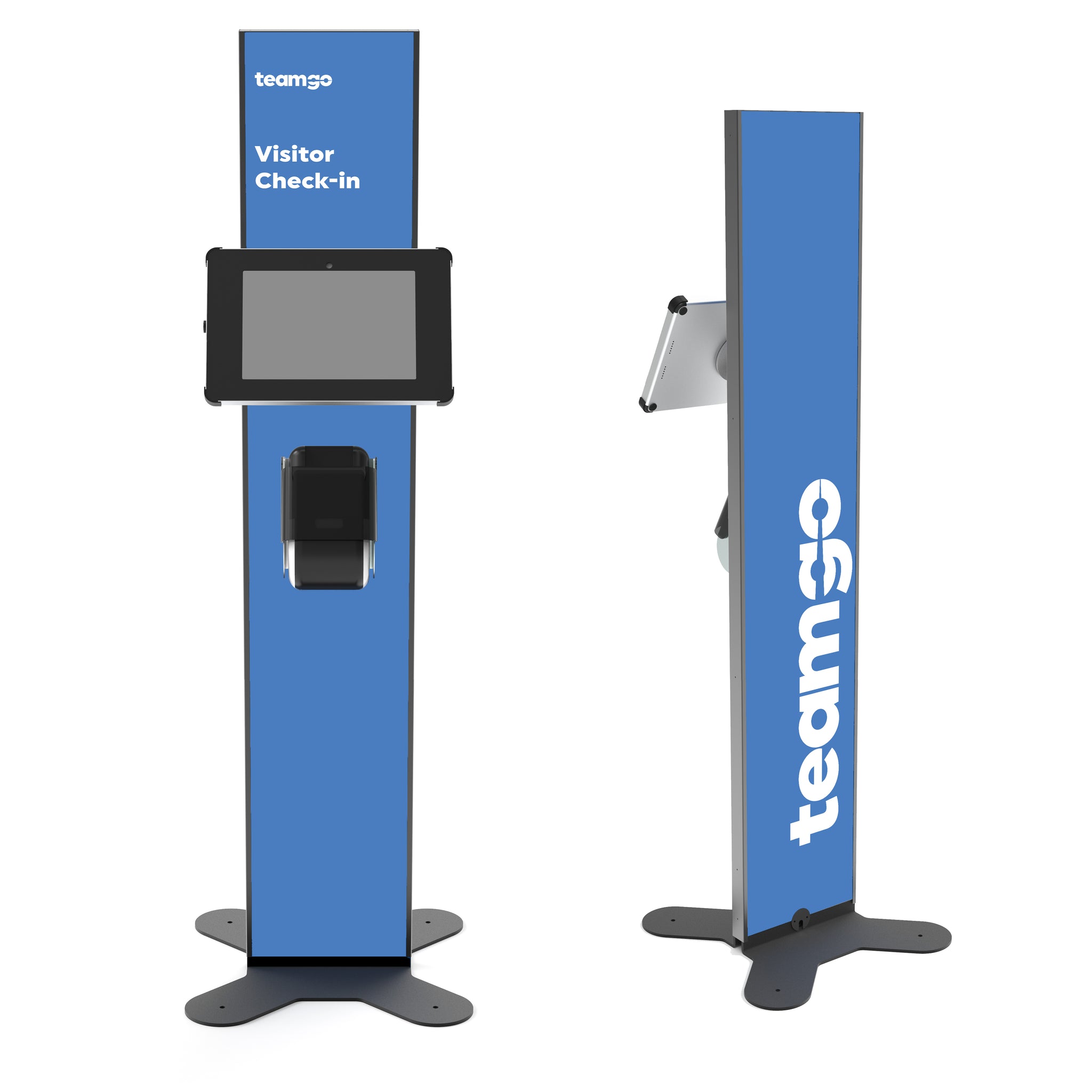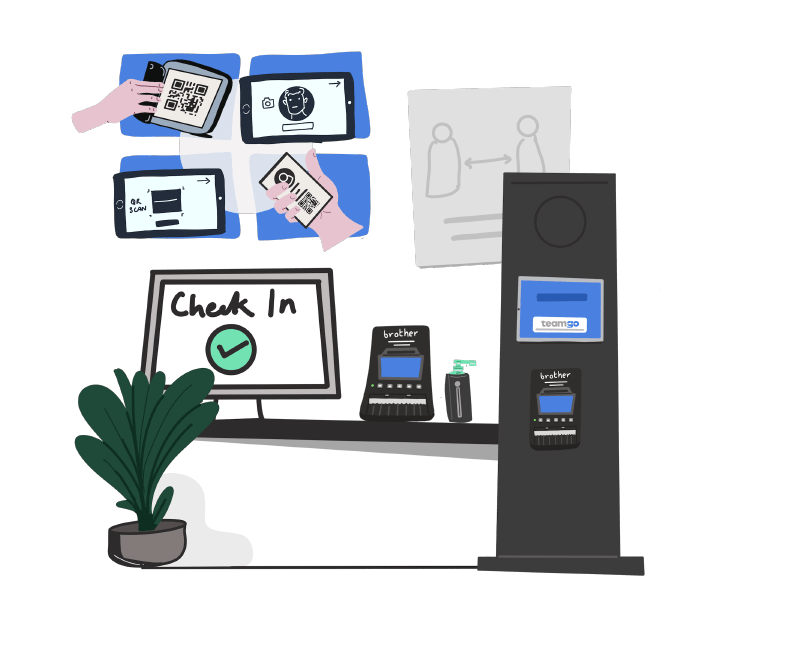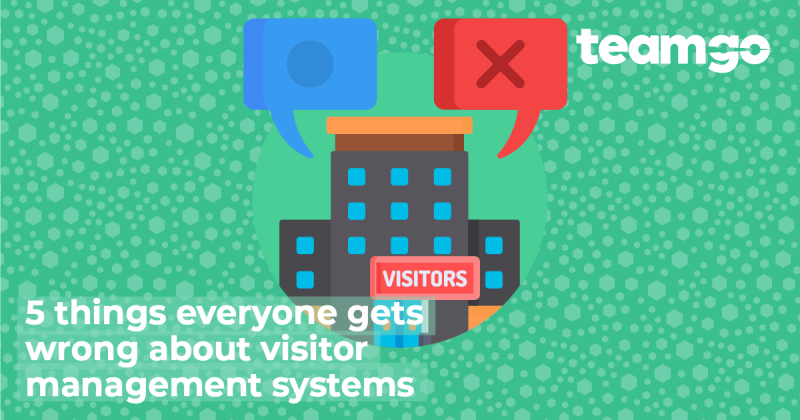In today’s fast-paced world, organizations look for ways to streamline operations and improve efficiency. One area that often gets overlooked is visitor management. Many workplaces still rely on paper logbooks to keep track of visitors, but this outdated method can lead to problems. Here, we’ll explore the benefits of moving away from paper logbooks and transitioning to digital visitor management systems.
What are logbooks?
Logbooks are physical books used to record information about visitors to a workplace. Visitors are required to sign in and provide their name, contact information, and the purpose of their visit. A record of who has been in the building and when is then created using this information.
The problems with paper logbooks

While paper logbooks have been around for decades, they are not without their problems. Here are some of the most common issues:
- Illegible handwriting: Visitors may have messy handwriting, making reading their names or contact information difficult.
- Time-consuming: Paper logbooks require visitors to manually fill out their information, which can be time-consuming and frustrating.
- Inaccurate information: Visitors may provide incorrect information, such as a fake name or phone number.
- Security risks: Paper logbooks can be easily lost or stolen, putting sensitive information at risk.
- Lack of organization: Paper logbooks can quickly become disorganized, making it difficult to find specific information when needed.
The benefits of digital visitor management systems

Digital visitor management systems offer a modern solution to the problems associated with paper logbooks. Here are just some of its benefits:
- Improved accuracy: Digital systems eliminate the risk of illegible handwriting and inaccurate information.
- Time-saving: Visitors can quickly and easily sign in using a digital system, saving time for both visitors and staff.
- Enhanced security: Digital systems offer enhanced security features, like photo identification and automatic background checks.
- Better organization: Digital systems allow for easy organization and retrieval of visitor information.
- Real-time reporting: Digital systems provide real-time reporting, allowing organizations to track visitor traffic and identify trends.
How to transition to a digital visitor management system
If you’re ready to make the switch from paper logbooks to a digital visitor management system, here are some steps to follow:
- Research different systems: Due to the number of digital visitor management systems available, it is vital to research and compare options.
- Choose a system that meets your needs: Consider your specific needs, such as security features, ease of use, and reporting capabilities.
- Train staff: Once you’ve chosen a system, it is critical to train staff to use it effectively.
- Communicate with visitors: Let visitors know about the new system and how it works.
- Evaluate and adjust: After implementing the system, evaluate its effectiveness and perform adjustments as needed.
Choosing the right digital visitor management system
When choosing a digital visitor management system, there are several factors to consider:
- Security features: Look for a system that offers enhanced security features, such as photo identification and automatic background checks.
- Ease of use: System use should be easy and convenient for staff and visitors.
- Reporting capabilities: Look for a system that provides real-time reporting and analytics.
- Customization options: The system should be customizable to meet your specific needs.
- Integration with other systems: Look for one that can integrate with other systems you utilize, such as access control or security cameras.
Training staff on the new system

Once you’ve chosen a digital visitor management system, training staff on using it effectively is vitally important. Here are some tips:
- Provide hands-on training: Give staff members the opportunity to practice using the system before it goes live.
- Create user manuals: Provide staff with step-by-step user manuals that outline how to use the system.
- Offer ongoing support: Ensure staff know who to contact if they have questions or need assistance.
Communicating with visitors about the new system
It’s important to let visitors know about the new digital visitor management system and how it works. Here are some tips:
- Post signs: Place signs in visible locations throughout the building, letting visitors know about the new system.
- Train receptionists: Ensure receptionists know how to explain the process to visitors.
- Provide instructions: Provide clear instructions on how to use the system, either through signs or handouts.
- Be patient: Some visitors may need extra assistance or time to adjust to the new system.
Evaluating the effectiveness of the new system

After implementing a digital visitor management system, it’s important to conduct evaluations and adjustments as needed. Here are some metrics to track:
- Time saved: Track the time saved using the new system compared to paper logbooks.
- Accuracy of information: Track how accurate visitor information is with the new system compared to paper logbooks.
- Security incidents: Track security incidents that occur after implementing the new system.
- Visitor traffic: Track visitor traffic over time to identify trends and patterns.
- Staff satisfaction: Survey staff to see how satisfied they are with the new system and if they have any suggestions for improvement.
Conclusion
Moving away from paper logbooks and transitioning to a digital visitor management system can offer numerous benefits. From improved accuracy and security to time-saving and better organization, digital systems provide a modern solution to an outdated process. By following these steps, organizations can successfully transition and enjoy the benefits of a more efficient visitor management system.





